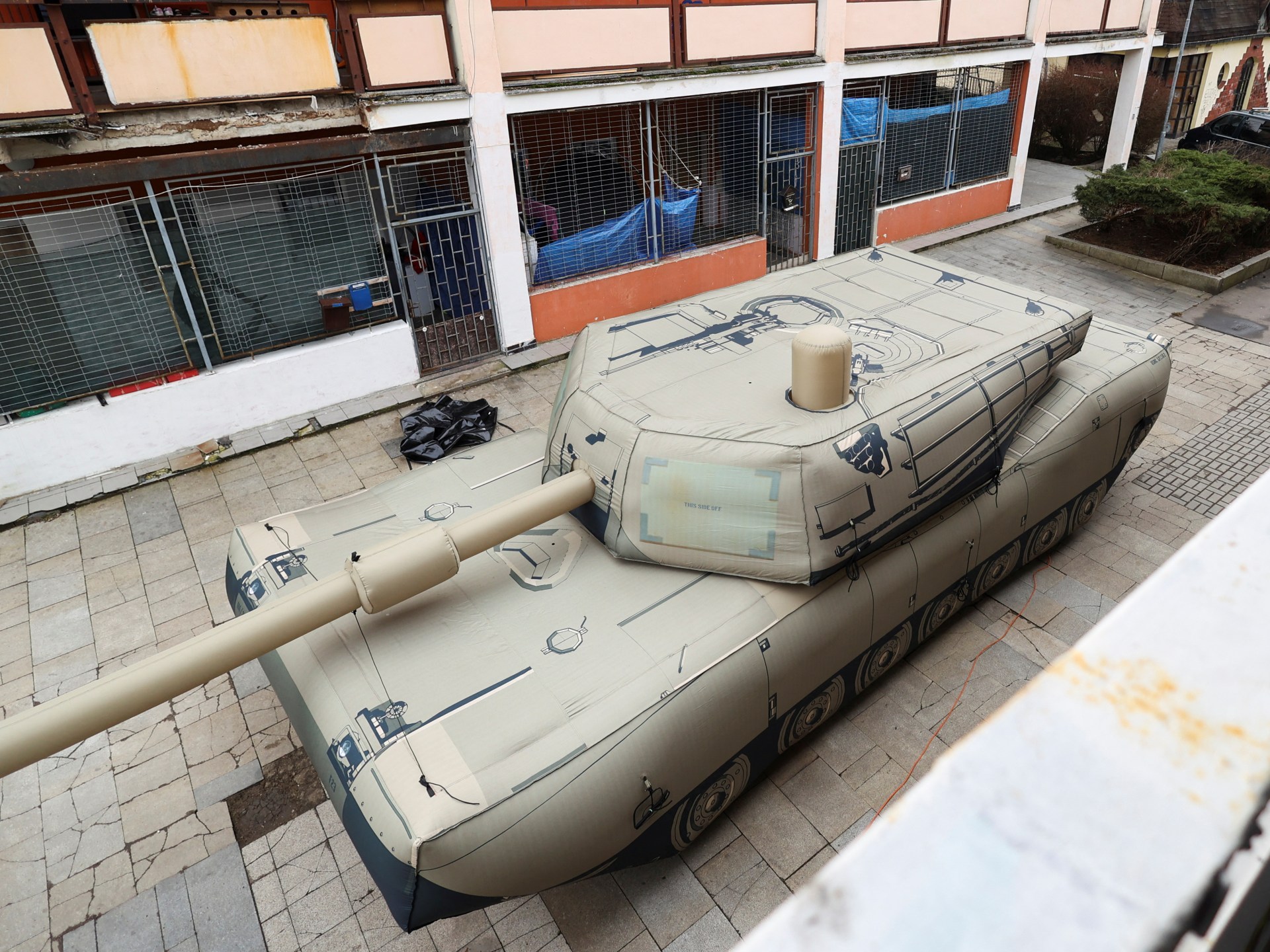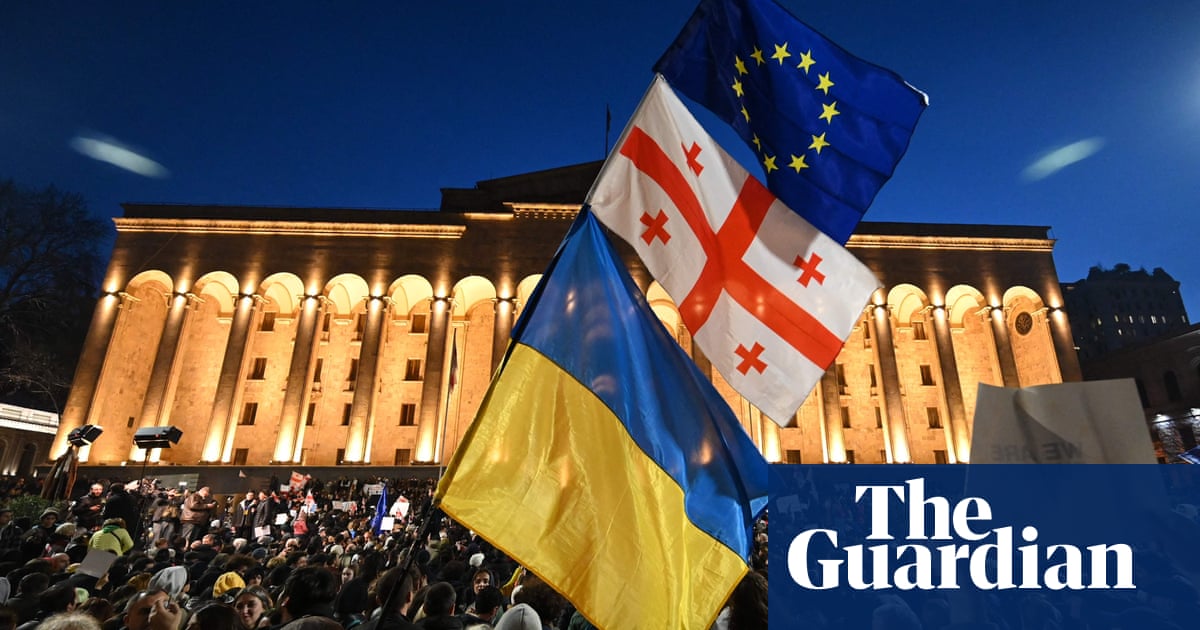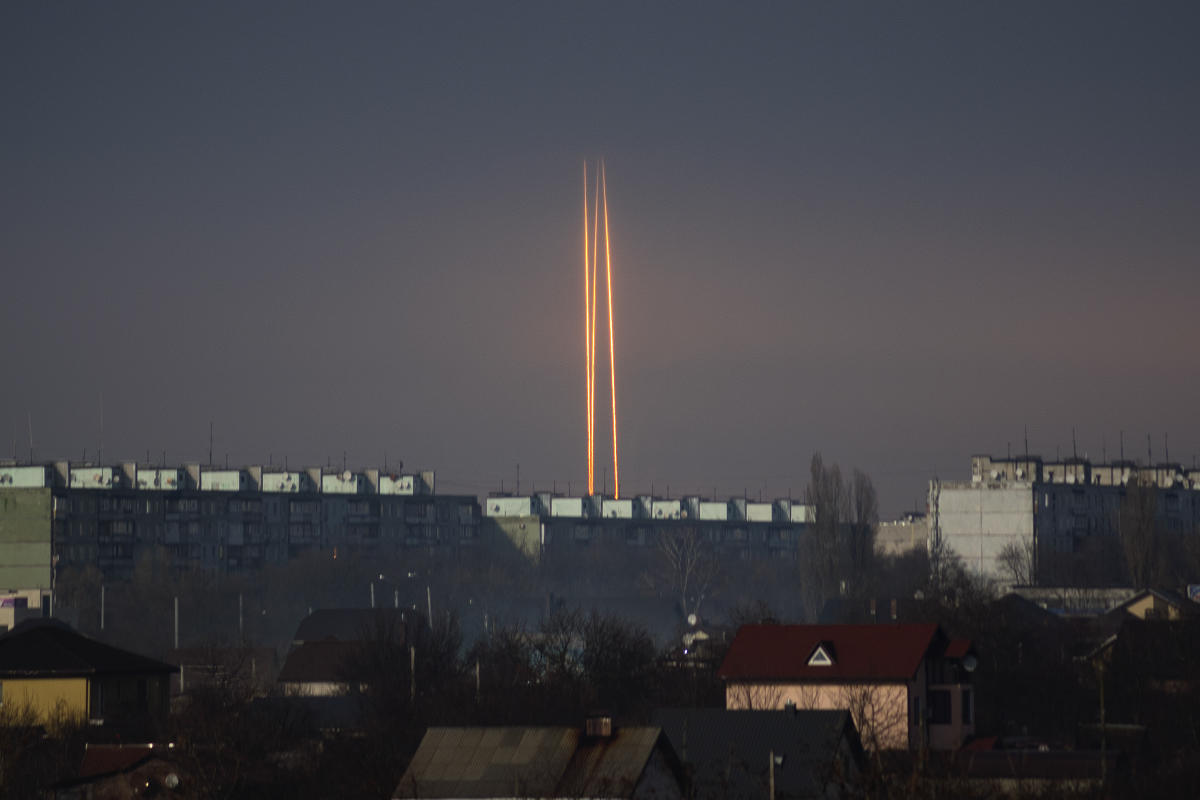Various news items coming through indicating that UK will send all its functioning AS90 155mm SPG along with the (now) 28 Challenger 2 MBT. Conflicting info re exactly how many this will be, but basically cleaning out the UK cupboard. Back when it was 14 Challengers the total package included all the accompanying stuff one would need, so there is no reason to think that the overall package has not been similarly increased now it is 28.
The UK Ministry of Defence seeks to deliver a medium-range land fires capability to the British Army within 12 months.

www.thedefensepost.com
===========
For all those saying that this conflict means full-on MBT warfare is back in vogue, we should also remember that we are not witnessing either side employing full NATO doctrine. This is because neither side has a NATO level of airpower available, and in many ways NATO doctrine substitutes airpower for groundpower. I'm not saying that there are no lessons to be learnt re the continued relevance of the MBT, but just that we should be cautious. Also re the point that IFV + ATGM are equivalent to an MBT, again one must be careful. There are 50 rounds carried on a typical Western MBT, whereas as typical Western IFV with ATGM will at most carry half a dozen or so missiles (inc reloads). Furthermore there is a big cost difference between the gun ammo of the MBT and the ATGM. Ultimately it is a team effort, and that I think is the real takeaway.
It's true that there are fewer ATGM missiles per IFV, but there are usually a lot more IFVs on the battlefield than MBTs. Additionally the M242 auto cannon on the Bradley is effective against many types of fortifications and all but MBT armor. Russian APCs are very lightly armored and are very vulnerable to any kind of cannon fire.
This page details the types of ammunition available for the Bushmaster
M242 25mm Automatic Gun
The M919 is most effective armor piercing round, but it uses spent uranium which is an environmental mess to use. I don't know what it's like now, but I read 15 years after the first Gulf War the miscarriage and birth defect rate in the part of Iraq where the bulk of the spent uranium ammunition was used was still quite high.
I do agree that the tank is not dead. But tank on tank battles have been rare in this war. In WW II carrier aircraft made engagements of battleships rare. There were only two battleship on battleship engagements during the war and only one involved a modern battleship. But the battleship did serve an important role as a floating artillery battery and AA battery to protect the carriers.
In the early going in WW II pure fighters were normal, but as the war went on, fighters that could also serve as fighter bombers became a necessity. When one side gained air superiority, there was less need to pure fighters and fighters which could also attack surface targets were needed. Today all fighters can serve in the ground attack role too and that's most of their mission.
When enemy tanks are few in number, the field commanders either need to decide to park the tanks and continue fighting with other vehicles or to use the tanks for attacking non armored targets. Because the Abrams is so bloody expensive to field and the US has a lot of other options, the Abrams were mostly idled early on in recent conflicts. But Ukraine doesn't have the deep bench of weapons the US has. They will employ the tanks they have to attack fortifications and secure objectives. But they don't need state of the art tanks for that. A good gun, well trained crew, and reasonably good armor will do the job. Rounding up all the Leopard Is in the world, refurbing them, then sending them to Ukraine would be a big benefit to them.
After the war is over, then it's time for Ukraine to standardize on one modern tank, learn it inside out, and set up a good support network for it. It will be part of making Ukraine the prickly hedgehog nobody will ever want to mess with again.
Most tank casualties have been due to ATGMs or drones. The Switchblade 300 is designed to be an anti vehicle weapon and can take out a tank with a top attack. We haven't heard much confirmation of their use, but I suspect at least some of the tank kills by kamikaze drone videos we've seen have been Switchblades. Those will probably be employed on the offense to clear out armored vehicles during an advance. The Ukrainians can have some airborne and ready to dive on a target before the lead elements of the Ukrainian troops arrive.
Being a Russian tank is a dangerous thing in this war. There are lots of things that can kill it and because their combined arms tactics are terrible and not likely to get much better, the tanks don't get the kind of flank support they need, so they get cut to pieces by the Ukrainians. The Ukrainians have lost tanks and will certainly lose more before this is done, but they are much better at combined arms tactics and give the tanks the support they need. A Russian AT team has a much riskier job than on the Ukrainian side.
/cloudfront-us-east-2.images.arcpublishing.com/reuters/LDYNIVB5AVJVTMPDCNJ4Y6UOGM.jpg)








